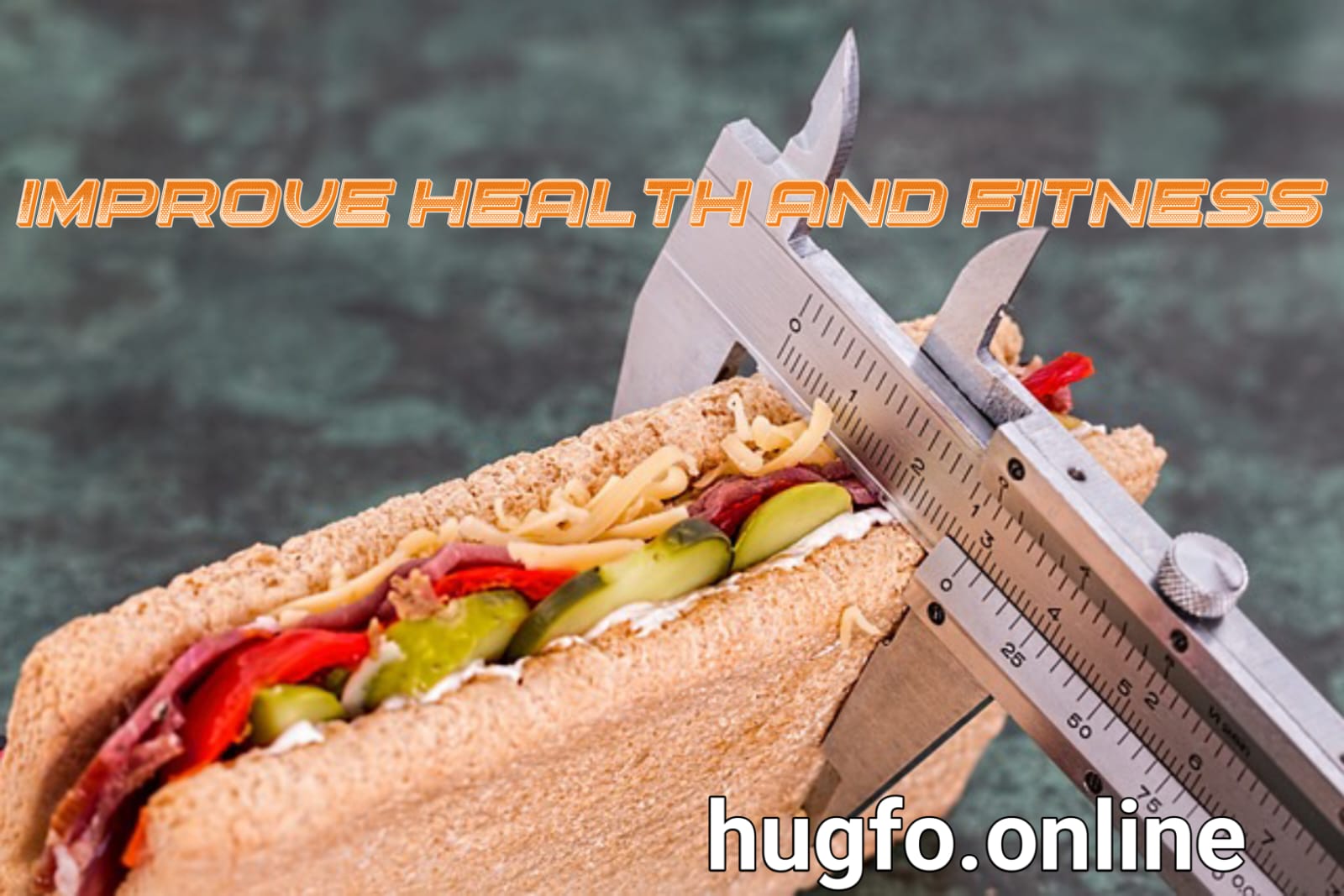Assuming that you’re on the chase after an exercise routine schedule that vows to burn calories and increase your digestion, you’ve most likely heard the buzz about Intense cardio exercise (HIIT). However, does HIIT live up to the hype? In this article, we’ll jump profound into the science behind HIIT and investigate whether it really increments digestion. Take a load off and prepare to reveal the privileged insights of this high-energy exercise pattern!
What is HIIT enough
Let’s take a look at what HIIT is all about before we get into the specifics of metabolism. Stop and go aerobic exercise is an exercise style that switches back and forth between short eruptions of extraordinary action and times of rest or lower-force work out. The thought enough is to push your body as far as possible during those extreme focus stretches and afterward permit it to recuperate during the rest time frames.
A quick overview of what a typical HIIT workout might look enough like is as follows:
Warm-Up: 5 minutes of light cardio
Stretch 1: Rest: 30 seconds of sprinting Interval 2: 30 seconds of slow jogging or walking Burpees for 30 seconds; rest: Cool-Down: 30 seconds of slow jogging 5 minutes enough of extending
The cycle rehashes for around 20-30 minutes, and presto, you have enough yourself a HIIT meeting!
How HIIT Affects Metabolism Now that we have that out of the way, let’s get enough right to the point: Does HIIT Increase Metabolism? The short response is indeed, yet we should dig a piece further to figure out why and how.
The Science Behind HIIT and Digestion
At the point when you participate in HIIT, you’re basically giving your body motivation to increase its energy use. This is the secret:
EPOC Afterburn Effect: HIIT is known for its afterburn impact, otherwise called enough Overabundance Post-practice Oxygen Utilization (EPOC). This indicates that as your body attempts to return to its normal state, it continues to burn calories even after the workout is over. This calorie burn after exercise can last for hours!
Gain in Muscle Mass: HIIT can assist with building bulk, which thus expands your resting metabolic rate. More muscle implies more calories consumed very still, so HIIT consumes enough calories during the exercise as well as adds to more fatty consume over the course of the day.
Increased Sensitivity to Insulin: HIIT can further develop your insulin responsiveness, which assists your body with utilizing starches all the more proficiently and decreases enough fat capacity. This can be especially advantageous for those hoping to oversee or get thinner.
How does high-intensity interval training (HIIT) compare to steady-state cardio in terms of metabolism?
Calories Consumed: HIIT frequently consumes more calories in a enough more limited measure of time contrasted with consistent state cardio. Also, the afterburn impact implies you’re actually consuming calories long after you’ve gotten done with working out.
Time Proficiency: On the off chance that you’re in a rush, HIIT is an extraordinary enough choice. A fast 20-minute HIIT meeting can be similarly pretty much as viable as a 45-minute consistent state cardio exercise.
Engagement and Variety: HIIT exercises are shifted and can be really captivating, which could make you bound to stay with your work-out everyday practice.
Benefits of HIIT for a Metabolic Boost In addition to boosting metabolism, HIIT has a number of other advantages. What can you anticipate?
Weight loss: HIIT is a great way to lose fat, especially around the abdomen. This is halfway because of its capacity to build your metabolic rate and mostly because of its effect on insulin awareness.
Worked on Cardiovascular Wellbeing: Regular HIIT workouts can improve cardiovascular endurance and heart health.
Efficiency in Time: HIIT exercises are for the most part more limited, making them simpler to squeeze into a bustling timetable.
a greater level of energy: After incorporating HIIT into their routine, a lot of people say that they feel more alive and alert throughout the day.
How to Get Started with HIIT Are you ready to try HIIT? To get you started, here are some suggestions:
Counsel an Expert: On the off chance that you’re new to practice or have any wellbeing concerns, it’s smart to talk with a wellness proficient or your medical services supplier prior to beginning a HIIT program.
Begin Slow: Start with more limited stretches and bit by bit increment the power and length as your wellness level moves along.
Vary It Up: Integrate various activities to keep your exercises new and locking in.
Take Note of Your Body: Try to focus on how your body feels. It is essential to rest and recuperate in the event of pain or discomfort.
FAQs
Q1: How frequently would it be advisable for me to do HIIT to get results?
A1: For the vast majority, doing HIIT 2-3 times each week is adequate. This takes into account satisfactory recuperation while as yet giving the metabolic lift you’re searching for.
Q2: Could HIIT at any point assist with weight reduction?
A2: Absolutely! HIIT can be extremely powerful for weight reduction because of its capacity to consume calories during and after the exercise, as well as work on metabolic rate.
Q3: Is HIIT reasonable for fledglings?
A3: Indeed, yet fledglings ought to begin with bring down force and step by step increment the power as their wellness level moves along. To avoid injury, it’s important to build stamina and practice good form.
Q4: What are a few instances of HIIT works out?
A4: Normal HIIT practices incorporate runs, burpees, bouncing jacks, hikers, and high knees. You can customize your own HIIT routine by combining these.
End
Things being what they are, does HIIT increment digestion? The response is a resonating yes! Intense cardio exercise isn’t simply a passing wellness craze — it’s an experimentally upheld approach that can support your metabolic rate, assist with fat misfortune, and work on generally speaking wellness. Adding high-intensity interval training (HIIT) to your workout routine can have a profound impact on your metabolism and overall health, no matter how experienced or inexperienced you are as an athlete.



